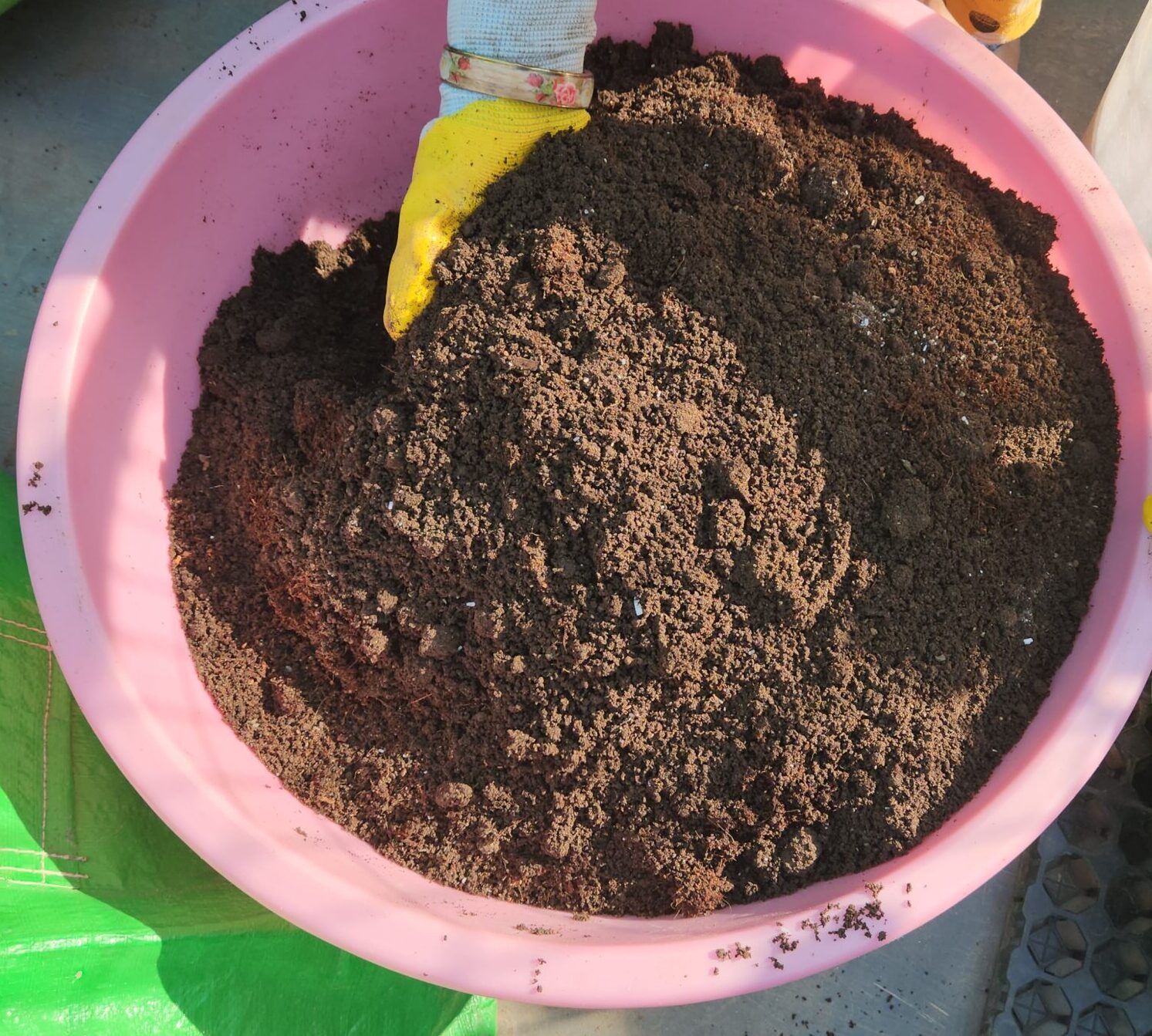Identifying Signs of Poor Garden Soil Health
Garden soil plays a crucial role in plant health and overall garden success. Recognizing signs that indicate your soil may need improvement is essential. Here’s a guide to help you identify when your garden soil requires attention:
Check 10 Signs of Poor Garden Soil Health
1. Water Drainage Issues:
- Signs: Water pooling on the surface, slow absorption.
- Reason: Poor drainage, possibly due to compacted soil.
- Solution: Address soil compaction, enhance drainage with amendments.
2. Soil Compaction:
- Signs: Hard, compacted soil.
- Reason: Restricts root growth and water penetration.
- Solution: Loosen soil through aeration, add organic matter.
3. Poor Plant Growth:
- Signs: Stunted or slow growth.
- Reason: Nutrient deficiencies or imbalances.
- Solution: Test soil for nutrients, amend accordingly with fertilizers or organic matter.
4. Yellowing Leaves:
- Signs: Yellow leaves, especially in younger growth.
- Reason: Lack of essential nutrients, such as nitrogen.
- Solution: Supplement nutrients through fertilization.
5. Wilting Plants:
- Signs: Persistent wilting even with adequate watering.
- Reason: Soil challenges affecting water absorption.
- Solution: Improve soil structure, address drainage issues.
6. Soil Erosion:
- Signs: Exposed roots, topsoil loss.
- Reason: Poor soil structure.
- Solution: Implement erosion control measures, improve soil structure.
7. Crop Quality Issues:
- Signs: Consistently poor or low-quality crops.
- Reason: Soil health impacting plant development.
- Solution: Amend soil with appropriate nutrients and organic matter.
8. Pest and Disease Susceptibility:
- Signs: Increased pest and disease presence.
- Reason: Weak plants due to poor soil conditions.
- Solution: Improve soil health to boost plant immunity.
9. Lack of Organic Matter:
- Signs: Absence of organic material in soil.
- Reason: Reduced fertility.
- Solution: Add compost to enhance organic content.
10. Foul Odors:
- Signs: Unpleasant smells.
- Reason: Anaerobic conditions, often linked to poor drainage.
- Solution: Improve aeration, address drainage issues.
Regular soil testing and observation are key to understanding your garden’s soil needs. Implementing appropriate amendments based on these signs will contribute to a healthier and more productive garden.
Happy Gardening!
